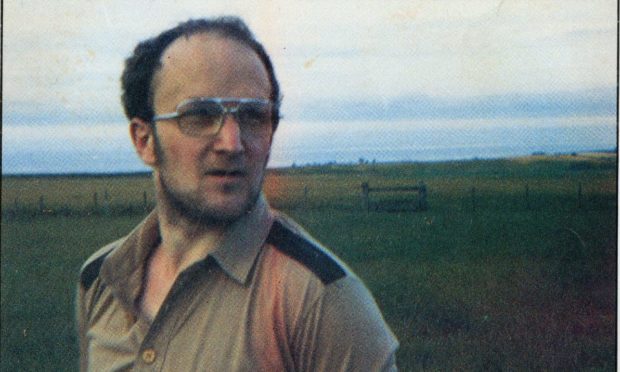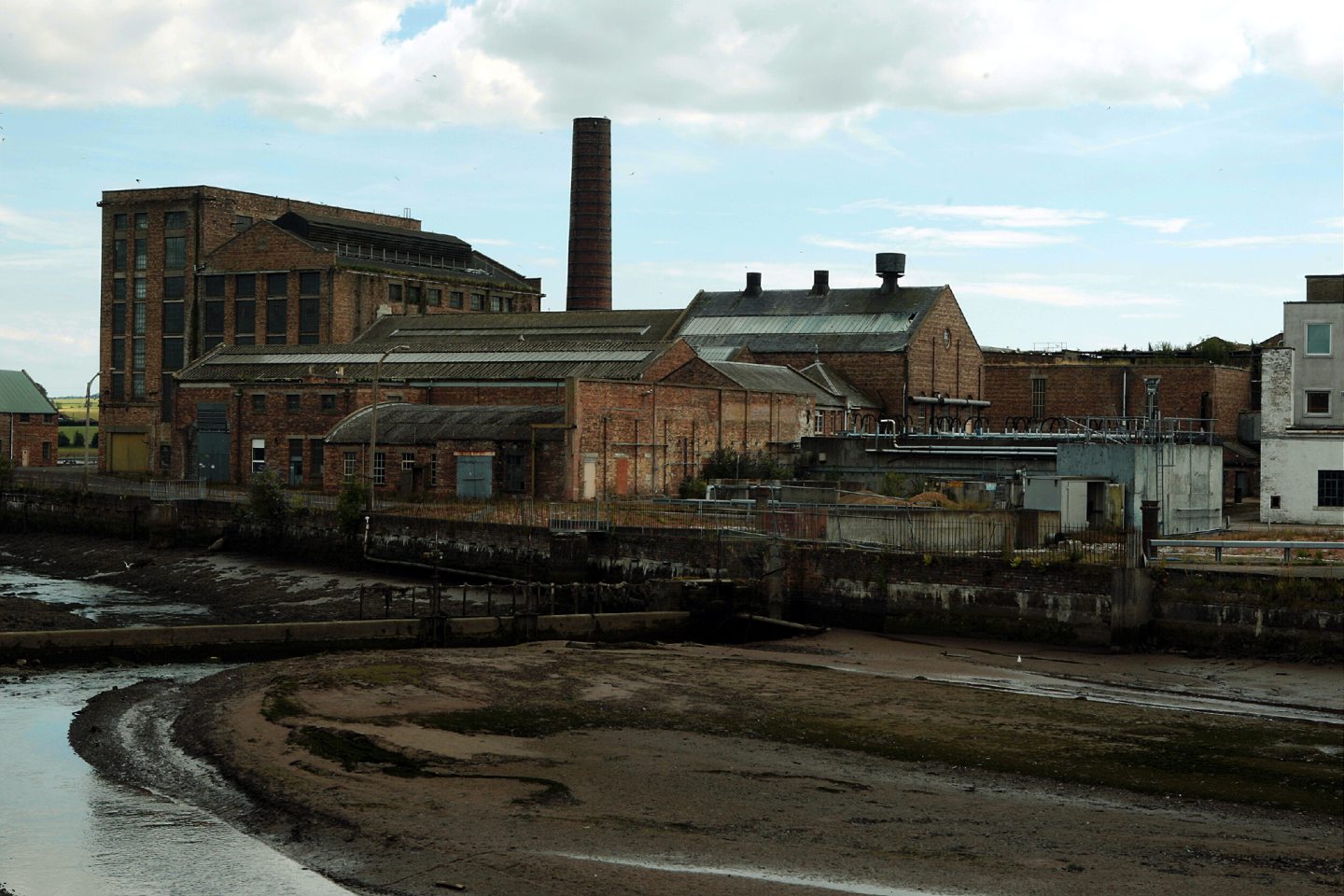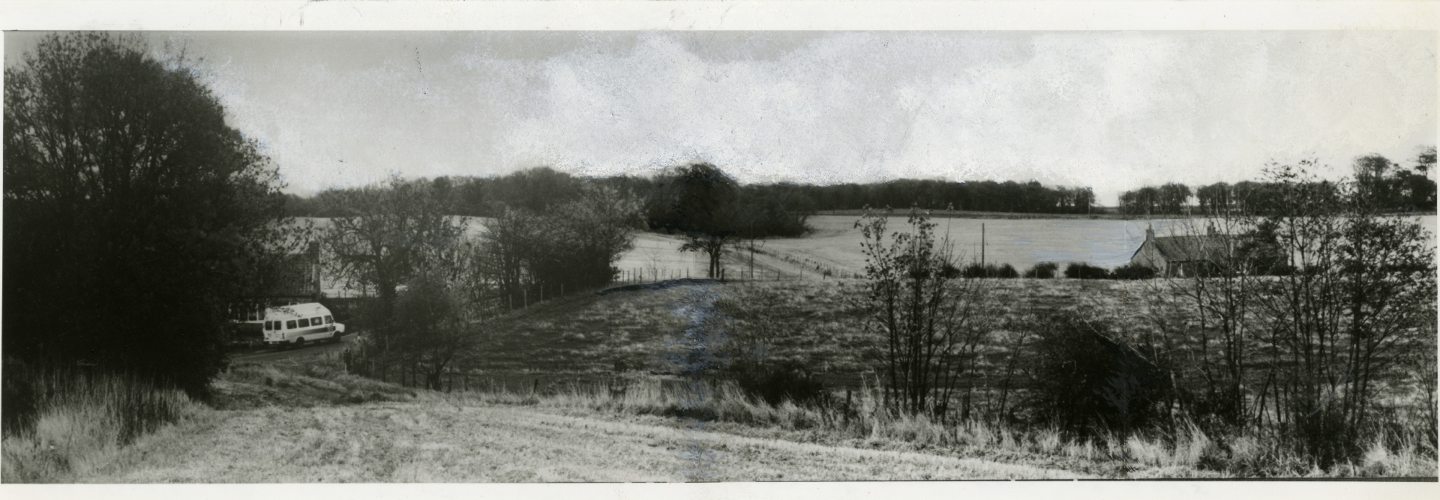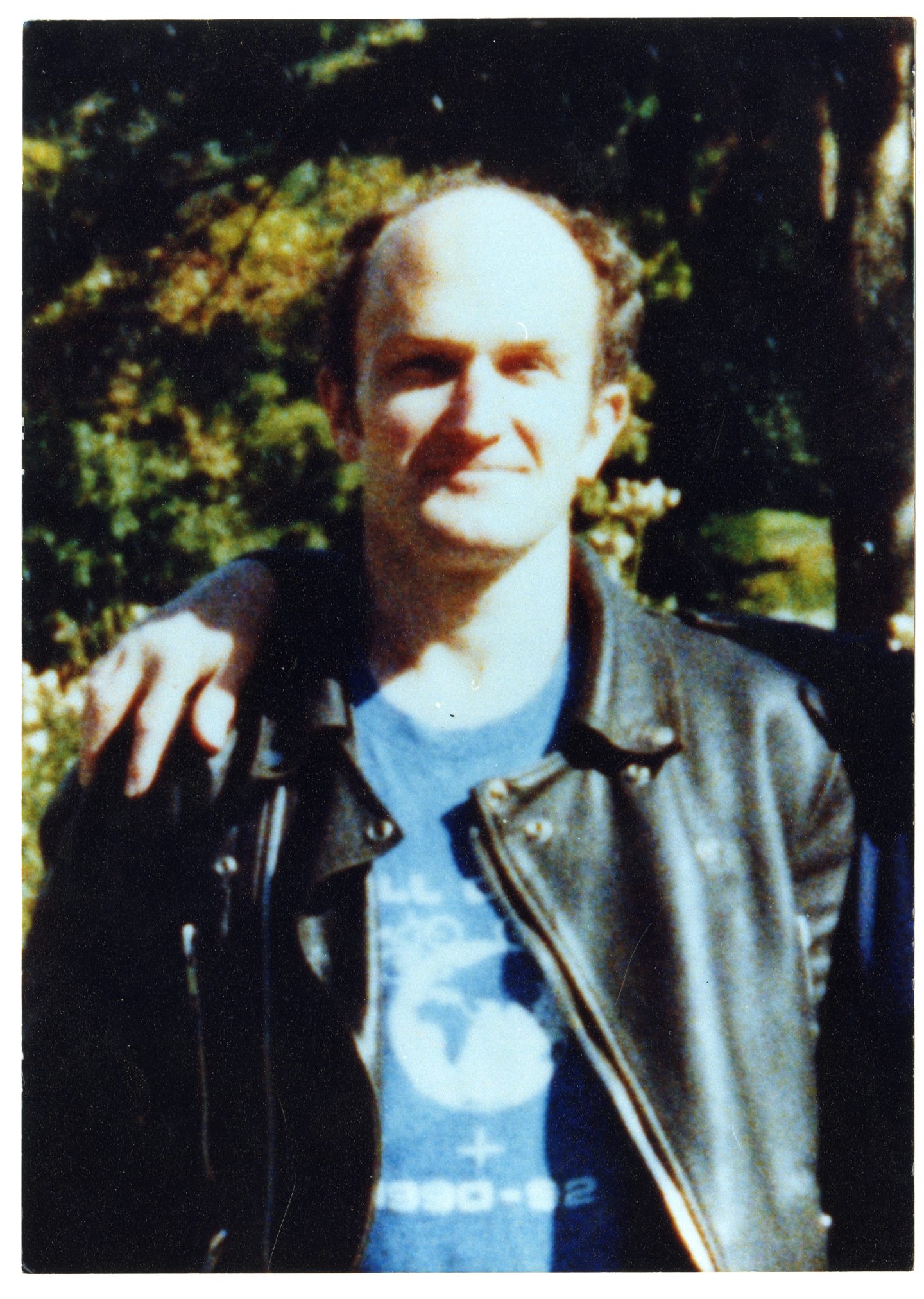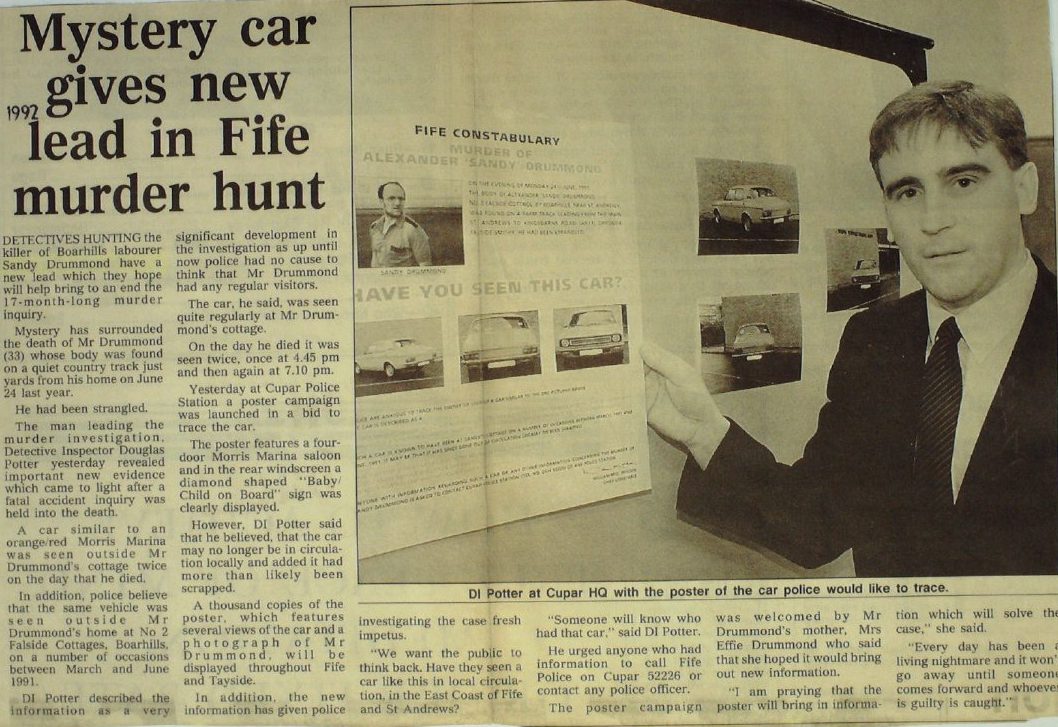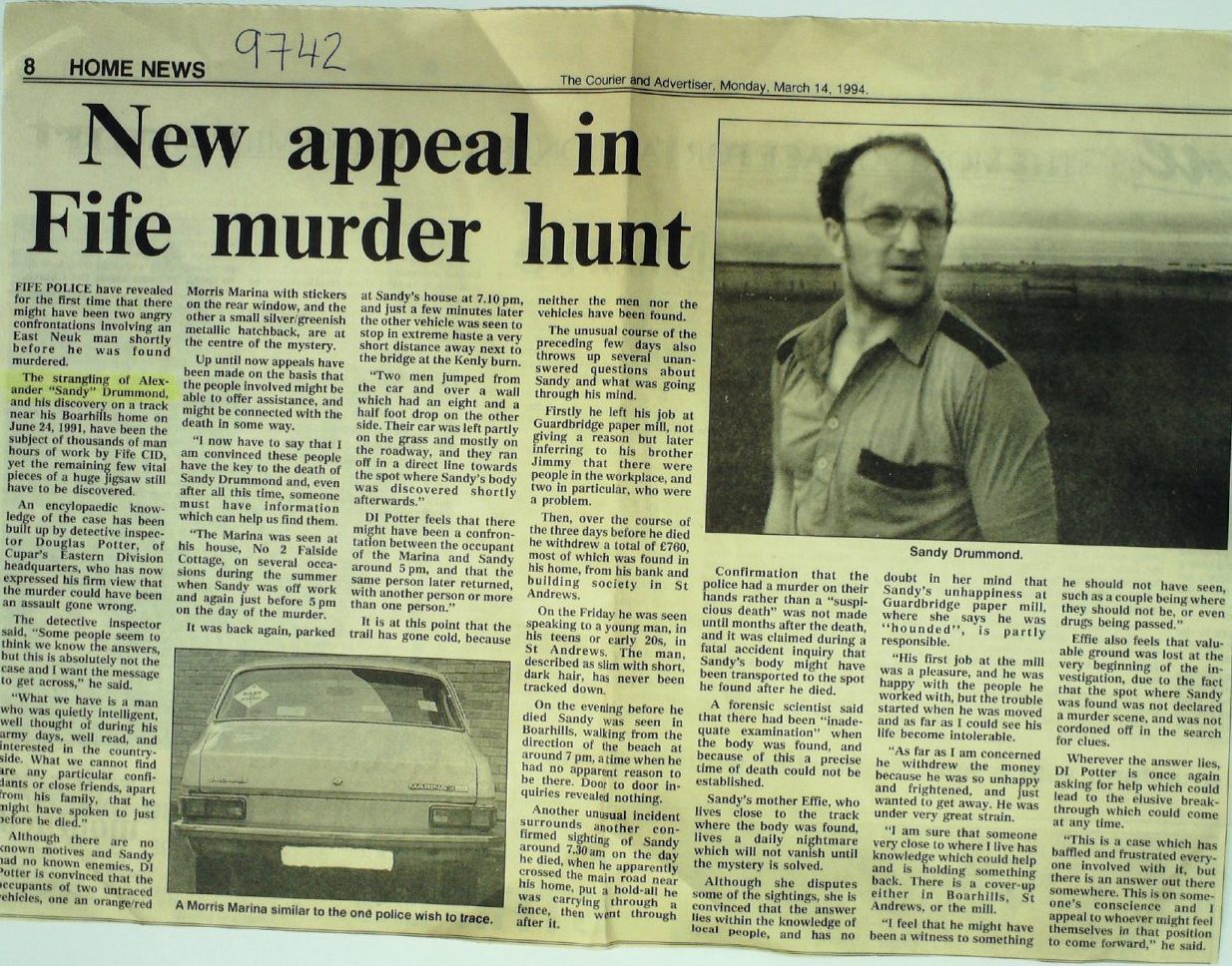Thirty years ago Sandy Drummond’s behaviour drastically changed and the ‘carefree’ labourer became troubled. Just a few months later he would be found dead just yards from his home.
With no obvious injuries and no suspects having ever been identified, the truth behind Sandy’s death in Boarhills near St Andrews, is still unknown nearly 30 years later.
The events leading up to Sandy’s death
Sandy, who was born Alexander Drummond, was a former Black Watch soldier who had served during The Troubles in Northern Ireland.
After leaving the service Sandy lived with his brother James on Falside Farm in Boarhills near St Andrews and found a job at the Guardbridge paper mill where he was known as a good worker.
In life Sandy was often described as a bit of a loner, a man with no enemies and known to be quiet and intelligent.
His mother Effie thought of him as a “carefree countryman”.
However this would all change dramatically in the months leading up to his death as he become worried and contemplative.
Effie described him as becoming troubled yet despite her concerns Sandy wouldn’t tell her what was wrong.
Despite his refusal to tell her the cause Effie believed it all seemed to start going wrong for her son when he was transferred to a new department within the mill near Leuchars.
Even after he transferred again and he became a labourer, nothing changed.
On Thursday June 20, just three days before his body was found, Sandy told mill managers that he was leaving and wouldn’t be working his notice period. He did not tell his brother he had left work until the Sunday, saying he wanted a break and might go away on his bike.
The quick departure from his job of seven years wasn’t the only strange going-on in the lead up to Sandy’s death – he was also captured on CCTV visiting numerous building societies around St Andrews in the days prior where he withdrew a large chunk of his life savings.
He was seen stuffing the cash in to a holdall bag.
The last time Effie would see her son was the evening before his murder, as he kissed her goodbye before riding off on his motorcycle.
He had been visiting his parents, who lived just a mile away from his cottage in Boarhills, and had been due to return for dinner the following evening.
Monday June 24 1991
Minutes after his brother James left for work on Monday June 24 1991, Sandy was seen running out of his house and across the road to the fields opposite carrying a blue sports bag, which was never found.
At around 2.30pm that same afternoon a man was seen catching a bus from near Sandy’s cottage.
He caught onlookers’ attention due to the blood-stained bandage around his hand however the injured passenger never came forward and police still do not know who he was.
By 8pm an elderly walker made a devastating discovery.
Sandy was found face down on a farm track leading to his cottage. He was just a few hundred yards away from his front door.
When the police first arrived, suspicion arose over the position of his body and it was thought Sandy could have died elsewhere before being dumped on the overgrown track.
However as there were no signs of injury or violence, it was initially decided that he had died from natural causes.
It wouldn’t be until the post mortem was carried out that it was determined he had died from asphyxiation.
The following investigation
Though there was no outside physical signs to suggest murder, medical examinations found that Sandy had died of asphyxiation, with extensive damage to his neck muscles indicating strangulation.
Despite the absence of any physical markings on Sandy’s neck the pathologist had a more unique suggestion for his cause of death – a painful martial arts move.
It is thought that Sandy was killed with the use of a jujitsu stranglehold – where key arteries and jugular veins are constricted, cutting off blood flow to the brain.
The use of this move would also explain the absence of any fingerprints or nail marks on Sandy’s neck as it limited the use of the killer’s hands.
While the strange behaviours leading up to his death would be an obvious place to start, Sandy had no known enemies and was not known to the police.
The savings he had withdrawn in the days prior was also recovered from his home during the investigation, ruling out robbery as a motive.
During the course of Fife Police’s investigation it was said that on several occasions prior to the murder, an orange or red Morris Marina was seen parked outside Mr Drummond’s cottage – some reports even suggest the car had been seen parked at the home twice on the fateful day, however, it is still a mystery who was visiting.
The suspicious car, the holdall hidden in the countryside and the bloodied bus passenger all failed to generate any leads and the investigation soon ran cold.
A mothers plight
Following the death the 33-year-old’s family were stunned and confused, none of it made sense and each of the suspicious events leading up to his death seemed out of character.
Effie was heartbroken but with that suffering she became determined to get answers for her son and so she campaigned ferociously – even managing to secure a fatal accident inquiry into his death, which took place in Cupar in September 1992.
However, no explanation for Sandy’s death emerged from the proceedings and despite her appeals, Effie died broken hearted and without ever finding out what happened to her boy in 1996.
Speaking in 1993 Effie said life after the death of her son was “agony”.
She said: “The strain makes me feel a thousand years old. The longing to touch him and see him smile is unbearable.
“Sandy was the best son a mother could have.
“I was afraid for his life when he went to Northern Ireland with the army, but I never imagined that he would be in danger at home.”
TV appeals and cold case reviews
In 1998 appeals for information on Sandy’s killing would be aired across the country as the events were recreated on Crimewatch.
The appeal featured information that had previously ever been released such as the orange or red car.
Despite the national appeal officers were still no further forward in identifying a suspect and closing the case.
After 25 years investigative journalist Michael Mulford claimed that police had identified their killer.
Mulford said in 2016 that officers had identified what they considered a prime suspect during a cold case review of Sandy’s murder however the possible killer was also dead.
The journalist believed the the case was being kept open in case they can trace any accomplices.
At the time Police Scotland and the Crown Office refused to confirm whether a prime suspect had been identified, although they said the case was under ongoing review.
